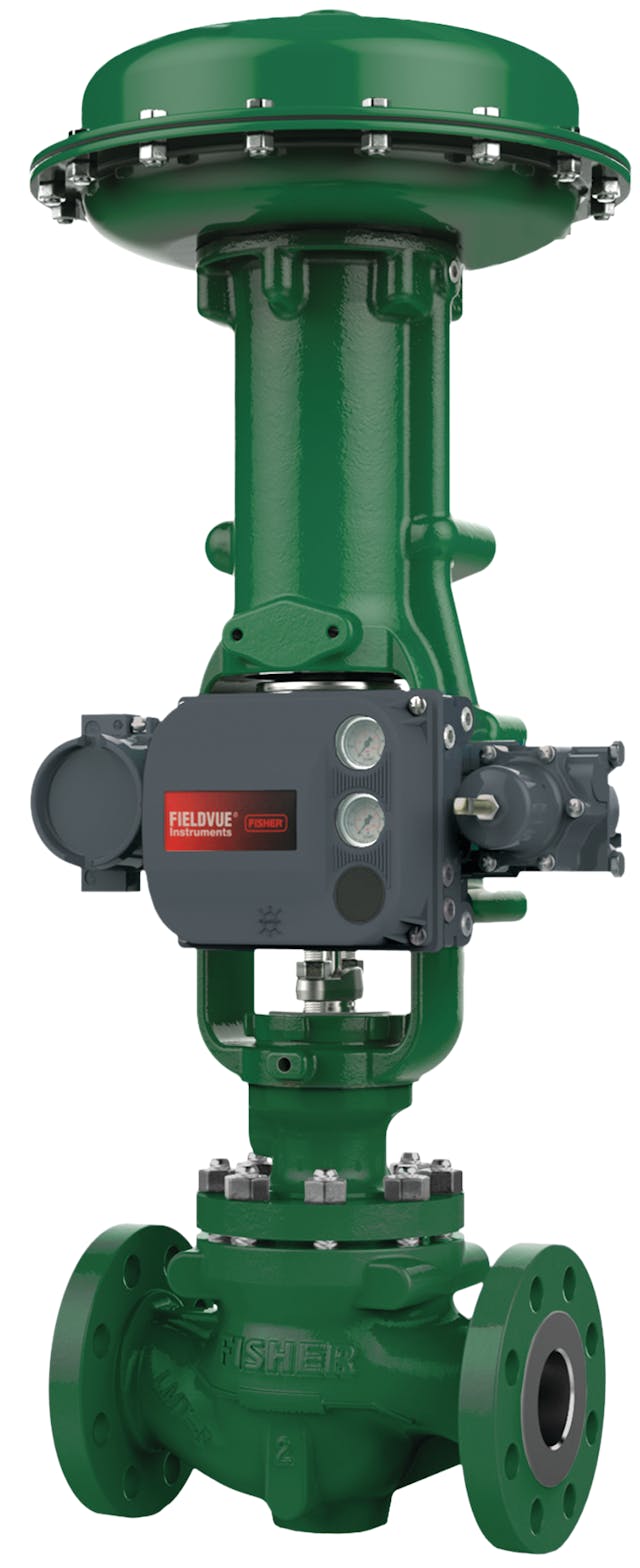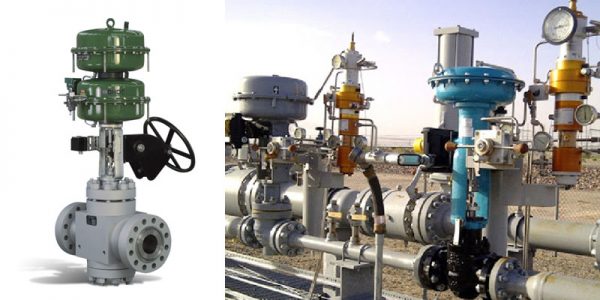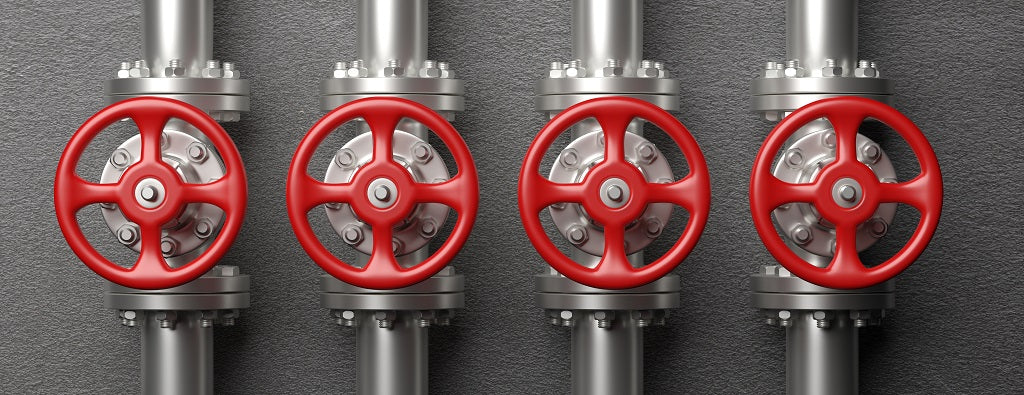Efficient Control Valves: Secret Elements for Efficient System Administration
Efficient Control Valves: Secret Elements for Efficient System Administration
Blog Article

Maximize Power Savings and Comfort With Advanced Building Automation Controls
In the realm of contemporary design and center management, the assimilation of sophisticated building automation regulates stands as a critical improvement. By taking advantage of the power of automation, structures can adapt, react, and progress in methods that were when unbelievable.
Power Performance Benefits
Power performance advantages can dramatically lower power consumption and functional expenses in structures. By executing energy-efficient techniques and innovations, structure owners and drivers can accomplish significant savings while likewise contributing to environmental sustainability. Among the key benefits of improving power performance in structures is the reduction of utility bills. Energy-efficient systems, such as innovative building automation controls, can enhance making use of sources like cooling, heating, and lights, causing reduced energy expenditures over time.
Furthermore, enhanced power performance can prolong the life-span of building equipment and systems. By running much more efficiently, cooling and heating systems, light, and other structure parts experience less deterioration, resulting in minimized maintenance and substitute expenses. In addition, energy-efficient buildings typically regulate higher residential or commercial property worths and rental prices, offering long-lasting monetary benefits to owners.
Furthermore, energy effectiveness can boost occupant comfort and performance. Appropriately controlled indoor settings with optimum lighting and thermal conditions produce a more conducive and pleasant work area, leading to improved worker fulfillment and performance. On the whole, the power effectiveness advantages related to innovative building automation controls are diverse, incorporating expense savings, ecological stewardship, and owner well-being.
Boosted Convenience Control
Enhancing convenience control in structure atmospheres calls for an advanced assimilation of advanced automation systems for ideal passenger well-being. By utilizing advanced structure automation controls, facilities can tailor the interior atmosphere to fulfill the details needs and preferences of occupants. control valves.
By integrating these innovative controls, buildings can not just improve comfort however additionally boost power efficiency by maximizing system procedures based on real occupancy and usage patterns. Ultimately, focusing on passenger convenience via sophisticated automation systems leads to an extra pleasurable and much healthier interior setting.
Operational Efficiency Improvements

In addition, the implementation of real-time tracking and analytics devices allows structure operators to recognize power inadequacies and operational anomalies without delay. By continuously keeping track of energy usage patterns and system efficiency metrics, adjustments can be made in real-time to maximize energy consumption and make certain peak operational efficiency. control valves. In addition, incorporating need response strategies right into structure automation controls can better enhance operational performance by dynamically changing energy usage based on grid conditions and pricing signals
Indoor Climate Optimization
Efficient interior climate optimization is a fundamental facet of building automation controls, guaranteeing residents' comfort and well-being while making best use of energy cost savings. By using innovative sensing units and controls, building automation systems can continually check and adjust temperature, humidity degrees, air quality, and ventilation to create an ideal indoor atmosphere. Maintaining comfy and regular conditions not only you can try this out enhances passenger contentment but additionally boosts productivity and total wellness.
Indoor climate optimization also plays a crucial duty in energy efficiency. By fine-tuning air conditioning, heating, and ventilation systems based on real-time data and occupancy patterns, developing automation controls can considerably lower power usage - control valves. Implementing approaches such as demand-controlled air flow and thermal zoning can assist minimize power waste while making certain that each area of the building obtains the necessary conditioning.

Lasting Environment Production
Structure automation controls not just enhance interior environment conditions for power effectiveness and passenger comfort however also lay the structure for developing a sustainable atmosphere with critical administration of systems and sources. By incorporating sophisticated building automation modern technologies, such as sensing units, actuators, and intelligent software application, facilities can keep track of and change power use in real-time to lessen waste and reduce their carbon impact. These systems enable anticipating maintenance, recognizing prospective issues before they rise and optimizing devices performance to boost durability and performance.
Additionally, lasting you could try these out setting development prolongs beyond power administration to incorporate water preservation, waste reduction, and indoor air top quality improvement. Structure automation controls can manage water usage, detect leakages, and make sure correct garbage disposal techniques, adding to general sustainability efforts. Additionally, by checking and regulating ventilation and purification systems, these innovations enhance passenger wellness and productivity while reducing power consumption related to HVAC operations.
Verdict
In final thought, progressed structure automation manages offer significant benefits in terms of energy cost savings, convenience control, functional effectiveness, indoor environment optimization, and developing a sustainable atmosphere. By executing these controls, buildings can attain optimal efficiency while reducing power consumption and boosting owner comfort. It appears that making use of advanced automation innovation is essential in boosting structure efficiency and producing a more lasting future.
Power performance benefits can significantly minimize energy intake and functional costs in buildings. Overall, the power performance advantages read this associated with sophisticated structure automation controls are multifaceted, incorporating expense financial savings, environmental stewardship, and owner wellness.
Additionally, including need reaction techniques into building automation controls can better boost operational efficiency by dynamically adjusting energy use based on grid conditions and prices signals.
Structure automation controls not only enhance interior environment conditions for energy performance and owner comfort yet also lay the foundation for developing a sustainable atmosphere through strategic administration of resources and systems.In conclusion, progressed structure automation manages offer considerable advantages in terms of energy savings, convenience control, operational performance, interior climate optimization, and creating a sustainable atmosphere.
Report this page